- Home
-
My Models
-
AV History
- Airline History Blog
-
Airline Development
>
-
Liveries
>
- Aeroméxico Liveries
- Air China Special Liveries
- American Airlines Liveries
- British Airways Liveries
- Continental Airlines Liveries
- Delta Air Lines Liveries
- Eastern Air Lines Liveries
- Landor Liveries
- National Airlines Liveries
- Northeast Airlines Liveries
- Northwest Airlines Liveries
- Pan Am Liveries
- Trans World Airlines Liveries
- United Airlines Liveries
- Western Airlines Liveries
- Airbus A380s >
- Boeing 747 >
- Real Airport Histories >
- Plane Spotting >
- Aviation Stickers >
-
1:400 SCALE
- Collecting 1:400 Scale >
- The History of 1:400 Scale >
-
1:400 Brands
>
- Aeroclassics >
- Airshop Diecast
- AURORA Models
- Aviation400 (2007-2012)
- Big Bird 400 Your Craftsman
- Black Box Models
- Blue Box & Magic Models
- C Models
- Dragon Wings
- El Aviador 400
- Gemini Jets >
- JAL Collection / Jet Hut >
- Jet-X >
- MP4 Models
- NG Models >
- Panda Models >
- Phoenix Models >
- Seattle Models Co (SMA)
- Skyjets400
- Sovereign Models
- TucanoLine
- Witty Wings / Apollo
- Yu ModeLs
- 1:400 Custom Models >
- Production Numbers
- Zinc Rot
-
1:400 Moulds
- The Best Moulds >
- Airbus >
-
Boeing
>
- Boeing B-377 Stratocruiser
- Short Boeing 707s & 720s
- Boeing 707-320/420
- Boeing 717
- Boeing 727-100
- Boeing 727-200
- Boeing 737-100/200
- Boeing 737-300 >
- Boeing 737-400
- Boeing 737-500
- Boeing 737-600
- Boeing 737-700/800/900 >
- Boeing 737 MAX
- Boeing 747-100/200 >
- Boeing 747-400 >
- Boeing 747SP
- Boeing 747-8 Interactive
- Boeing 747LCF Dreamlifter
- Boeing 757-200 >
- Boeing 757-300
- Boeing 767-200
- Boeing 767-300
- Boeing 777-200
- Boeing 777-300
- Boeing 787
- British >
- Douglas >
- Lockheed >
- Other >
- Chinese >
- Soviet >
- Smallest Moulds in 1:400
-
1:400 Reviews
-
Model News
- Model Blog
-
New Mould Samples
>
- Aviation400 >
- JC Wings >
-
NG Models 400 Scale
>
- Airbus A318
- Airbus A319/320 CEO
- Airbus A319/320 NEO
- Airbus A321CEO & NEO
- Airbus A330-200/300
- Airbus A330 Beluga XL
- Airbus A330-800/900
- Airbus A340-200/300
- Airbus A350-900
- Airbus A350-1000
- Boeing 737-600/700/900
- Boeing 737-600 Refresh
- Boeing 737-800
- Boeing 737 MAX-8/MAX-9
- Boeing 737 MAX-7/MAX-10
- Boeing 747-100
- Boeing 747-200
- Boeing 747-400
- Boeing B747SP
- Boeing 747-8I
- Boeing 747-8F
- NG 747s Together
- Boeing 757-300
- Boeing 767-200/300 >
- Boeing 767-400 >
- Boeing 777-200
- Boeing 777-300/300ER
- Boeing 787-8
- Lockheed L-1011 Tristar
- Lockeed Tristar 500
- McDonnell Douglas MD-80
- McDonnell Douglas MD-87
- Tupolev Tu-154
- Tupolev Tu-204/Tu-214/Tu-234
- NG Models 200 Scale >
- Phoenix Models >
- Yu ModeL >
-
1:600 SCALE
- DIORAMAS
|
I generally try and avoid Bluebox / Jet-X Tristars but some of them are just so unusual that they are hard to turn down. This model was part of a big box of fabulous obscure models (mainly 10 IL-76s but also Vanguards and others) that arrived late last week. I'm gradually getting sucked in to these types of unusual model offerings and it is somewhat surprising to see that Jet-X was putting this sort of effort in, and doing such a good job too. But, just what is an L-1011 doing with a rocket strapped to its belly?
5 Comments
Deregulation of the US aviation market wasn't kind to the local service airlines. They faced being gobbled up by rampant former trunk airlines or kamikaze low fare competition from a host of new startups. Frontier Airlines was in a more difficult position than most and attempted to buttress itself with a low-cost offshoot of its own. Sadly, this only served to strain relations with its own employees and fell short of the hopes that it could stabilise the failing airline.
The advent of low cost carriers led to a raft of legacy airlines setting up low cost subsidiaries across the globe. From New Zealand to Germany, and South Africa to the USA the established airlines were on the defensive. Canada was no different, and faced with the challenge of WestJet, Air Canada decided it too would jump on the bandwagon, at least until it could get its own cost's under control. The result was ZIP!
Collecting model airliners can give you a window into other cultures, which can sometimes seem bizarre by Western standards. Chinese airlines have a wide variety of interesting special schemes, often based upon the destinations they come from or serve. Air Travel is one of China's smaller airlines but has painted one of its new A320neos in a firey scheme, paying homage to its home province of Hunan and the women that reside there.
If the Convair 240 ensured TAA was able to survive its formative years the Vickers Viscount proved more than capable of finally allowing it to consistently return a profit and outcompete its longtime opponent ANA. Indeed ANA's failure to also buy Viscounts would prove to be terminal and lead indirectly to TAA facing a stronger competitive force in that of Reginald Ansett's Ansett Airways.
Trans Australia Airlines (TAA) had from its creation been the trendsetter in the Australian market, introducing Convair 240s which enabled it to survive its formative rocky years. It was no surprise then that it took an early interest in turboprops and in particular the new Vickers Viscount. In 1949 TAA personnel had visited the annual display and exhibition of the Society of British Aircraft Constructors and identified the Viscount as 'considerably superior to anything else in its class'.
Following the breakup of the USSR various Aeroflot directorates gained their independence and spawned a wide variety of successor airlines, both inside Russia and within the newly independent republics. Kaliningrad found itself in an in-between space whereby it no longer bordered Russia but was still part of it. This enabled opportunity but also risk, which eventually didn't pay off for the Oblast's airline KD Avia.
Nowadays Virgin Atlantic seems like part of the aviation establishment, having cemented its place at Heathrow, become part-owned by Delta and joined the Skyteam alliance. That wasn't always the case and given the anti-competitive nature of flying across the pond in the 1980s it is a massive achievement that it survived into the 90s at all.
Managing the seasonal nature of the charter airline business has historically led to several airlines switching capacity across the Atlantic in the Winter with lease agreements whereby their aircraft get a winter in North America and a summer back in the UK. Air Europe had such an agreement with Air Florida between 1980/81 and 1982/83 but the failure of the American airline led to a more unusual arrangement with the British flag carrier that not only saw Air Europe swap aircraft but also acquire its first 757s from British Airways order backlog.
Following Canadian's takeover of Wardair in 1989 Canada 3000 would quickly grow to become Canada's largest charter airline and one that was consistently profitable too. At the turn of the century the massive changes wrought by the takeover of Canadian Airlines by Air Canada appeared to open up a space for C3 to become Canada's no 2 airline and part of that strategy involved acquisitions. However, C3 would soon live to regret its purchases and desperately try to offload them as it hit the turbulence of 2001.
Compass Airlines was the first attempt to compete against the duopoly of Ansett and Australian Airlines when market deregulation finally came about in November 1990. It was doomed to fail, but did become the only airline operator of VH registered A300-600s - and oddly a single Airbus A310 too.
By the mid-1980s the good times for Venezuela were well and truly over. The currency had been devalued in 1983 unleashing an economic crisis, the nation was deep in debt and corruption was on the rise. The national airlines, VIASA and Aeropostal, were struggling but AVENSA, under the leadership of Henry Lord Boulton, used the situation to unleash his own brand of 'savage capitalism' which would enable AVENSA to thrive, at least for a short time.
Buchannan Models has been producing more exclusive smaller runs of models using the NG Models Tristar and 757 moulds for a while now. They have enjoyed creating often obscure hybrids and their most recent release is an Air Canada Tristar wearing in effect the full initial silver 'New Mark' Eastern Air Lines livery. This aircraft, along with one other, served regularly in the Tristar fleets of both Air Canada and Eastern due to an unusual arrangement with the Haas-Turner finance lease organisation.
Pan Am was an airline used to grand gestures and though by the mid-70s it was in serious trouble, due to the massive overspend on 747s, the economic woes of the early 70s and increasing international competition, it still had plenty of hubris left in the tank. A pair of important anniversaries led to two special flights being operated each flying a new 747SP around the world but each in different directions. Each flight would break the world record and interestingly each flight would use the same aircraft - N533PA.
I recently posted about Aer Lingus and its short usage of the 767-300 but it wasn't alone in the British Isles in utilising the type during the 1990s for a short period. As with Aer Lingus the arrival of a 767 at Virgin Atlantic was directly related to a specific route but in this case, unlike the Irish example, Virgin got exactly what it needed at the right time. The 767-300 was never intended as a test but served exclusively as a stopgap. Even so, it got the full livery treatment and is once again an interesting what-if version.
|
AuthorI'm Richard Stretton: a fan of classic airliners and airlines who enjoys exploring their history through my collection of die-cast airliners. If you enjoy the site please donate whatever you can to help keep it running: Archives
July 2024
Categories
All
|
- Home
-
My Models
-
AV History
- Airline History Blog
-
Airline Development
>
-
Liveries
>
- Aeroméxico Liveries
- Air China Special Liveries
- American Airlines Liveries
- British Airways Liveries
- Continental Airlines Liveries
- Delta Air Lines Liveries
- Eastern Air Lines Liveries
- Landor Liveries
- National Airlines Liveries
- Northeast Airlines Liveries
- Northwest Airlines Liveries
- Pan Am Liveries
- Trans World Airlines Liveries
- United Airlines Liveries
- Western Airlines Liveries
- Airbus A380s >
- Boeing 747 >
- Real Airport Histories >
- Plane Spotting >
- Aviation Stickers >
-
1:400 SCALE
- Collecting 1:400 Scale >
- The History of 1:400 Scale >
-
1:400 Brands
>
- Aeroclassics >
- Airshop Diecast
- AURORA Models
- Aviation400 (2007-2012)
- Big Bird 400 Your Craftsman
- Black Box Models
- Blue Box & Magic Models
- C Models
- Dragon Wings
- El Aviador 400
- Gemini Jets >
- JAL Collection / Jet Hut >
- Jet-X >
- MP4 Models
- NG Models >
- Panda Models >
- Phoenix Models >
- Seattle Models Co (SMA)
- Skyjets400
- Sovereign Models
- TucanoLine
- Witty Wings / Apollo
- Yu ModeLs
- 1:400 Custom Models >
- Production Numbers
- Zinc Rot
-
1:400 Moulds
- The Best Moulds >
- Airbus >
-
Boeing
>
- Boeing B-377 Stratocruiser
- Short Boeing 707s & 720s
- Boeing 707-320/420
- Boeing 717
- Boeing 727-100
- Boeing 727-200
- Boeing 737-100/200
- Boeing 737-300 >
- Boeing 737-400
- Boeing 737-500
- Boeing 737-600
- Boeing 737-700/800/900 >
- Boeing 737 MAX
- Boeing 747-100/200 >
- Boeing 747-400 >
- Boeing 747SP
- Boeing 747-8 Interactive
- Boeing 747LCF Dreamlifter
- Boeing 757-200 >
- Boeing 757-300
- Boeing 767-200
- Boeing 767-300
- Boeing 777-200
- Boeing 777-300
- Boeing 787
- British >
- Douglas >
- Lockheed >
- Other >
- Chinese >
- Soviet >
- Smallest Moulds in 1:400
-
1:400 Reviews
-
Model News
- Model Blog
-
New Mould Samples
>
- Aviation400 >
- JC Wings >
-
NG Models 400 Scale
>
- Airbus A318
- Airbus A319/320 CEO
- Airbus A319/320 NEO
- Airbus A321CEO & NEO
- Airbus A330-200/300
- Airbus A330 Beluga XL
- Airbus A330-800/900
- Airbus A340-200/300
- Airbus A350-900
- Airbus A350-1000
- Boeing 737-600/700/900
- Boeing 737-600 Refresh
- Boeing 737-800
- Boeing 737 MAX-8/MAX-9
- Boeing 737 MAX-7/MAX-10
- Boeing 747-100
- Boeing 747-200
- Boeing 747-400
- Boeing B747SP
- Boeing 747-8I
- Boeing 747-8F
- NG 747s Together
- Boeing 757-300
- Boeing 767-200/300 >
- Boeing 767-400 >
- Boeing 777-200
- Boeing 777-300/300ER
- Boeing 787-8
- Lockheed L-1011 Tristar
- Lockeed Tristar 500
- McDonnell Douglas MD-80
- McDonnell Douglas MD-87
- Tupolev Tu-154
- Tupolev Tu-204/Tu-214/Tu-234
- NG Models 200 Scale >
- Phoenix Models >
- Yu ModeL >
-
1:600 SCALE
- DIORAMAS



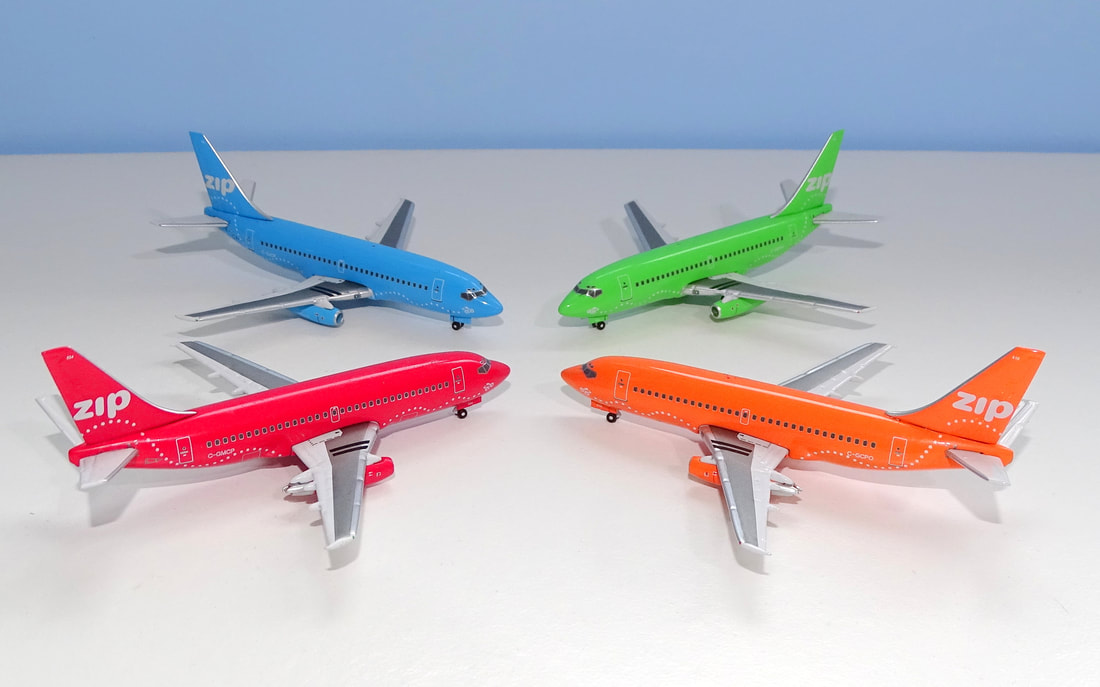
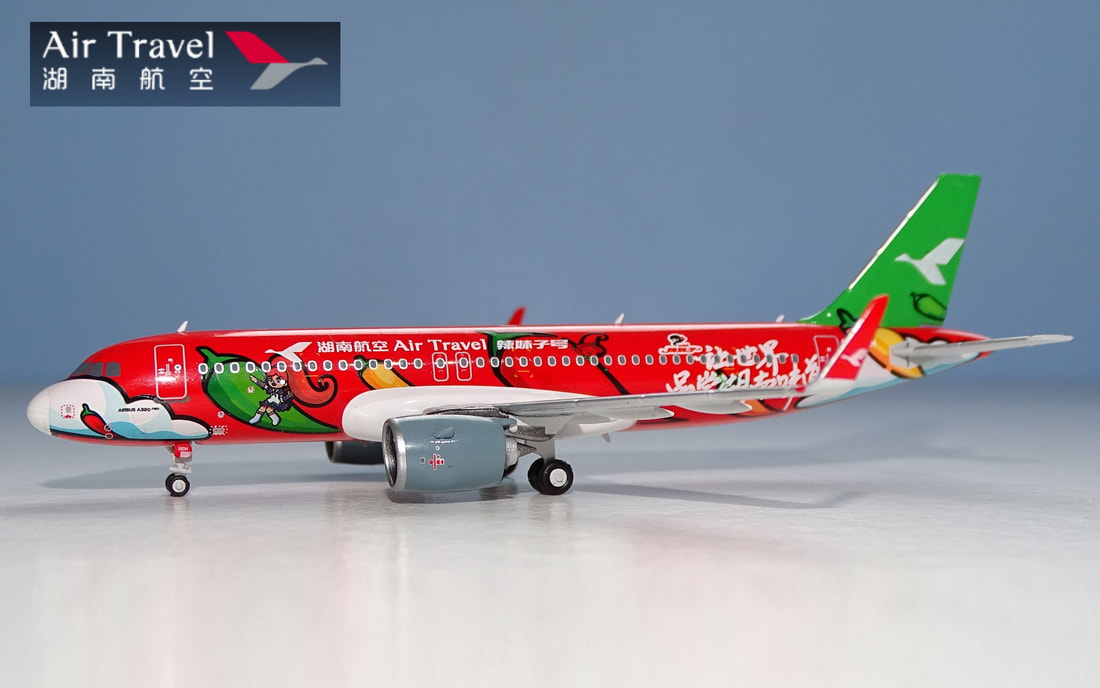
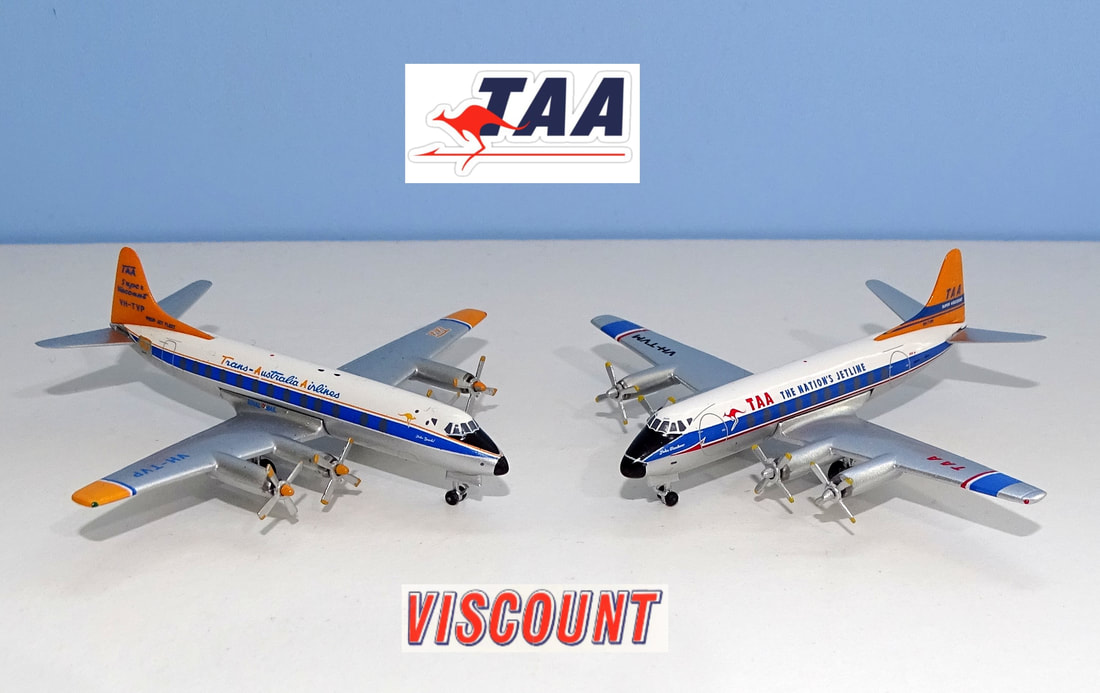
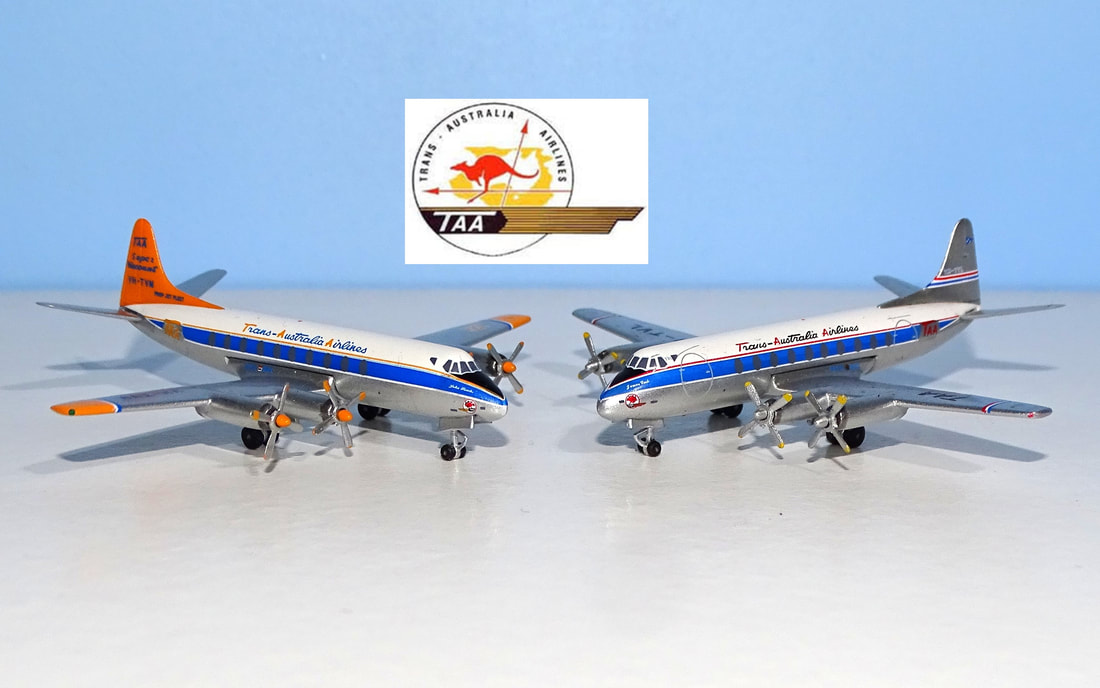
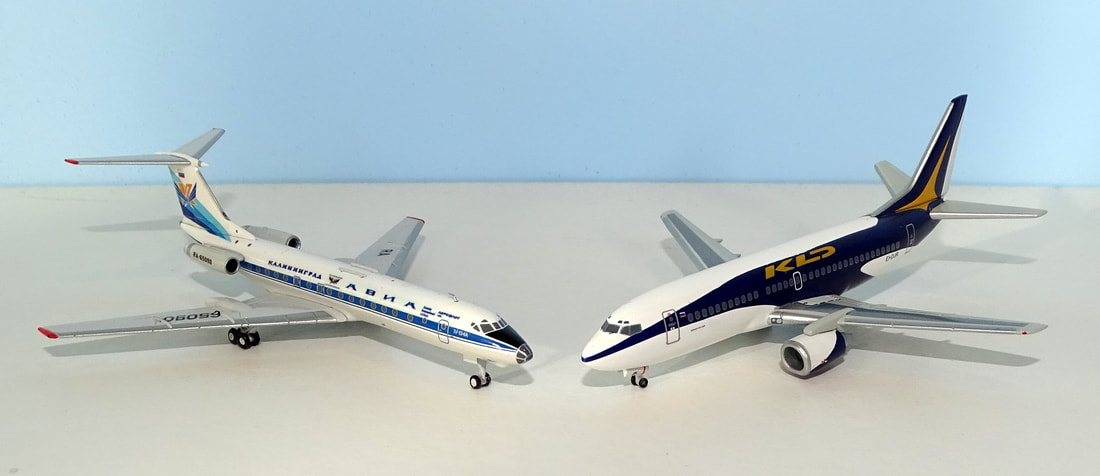
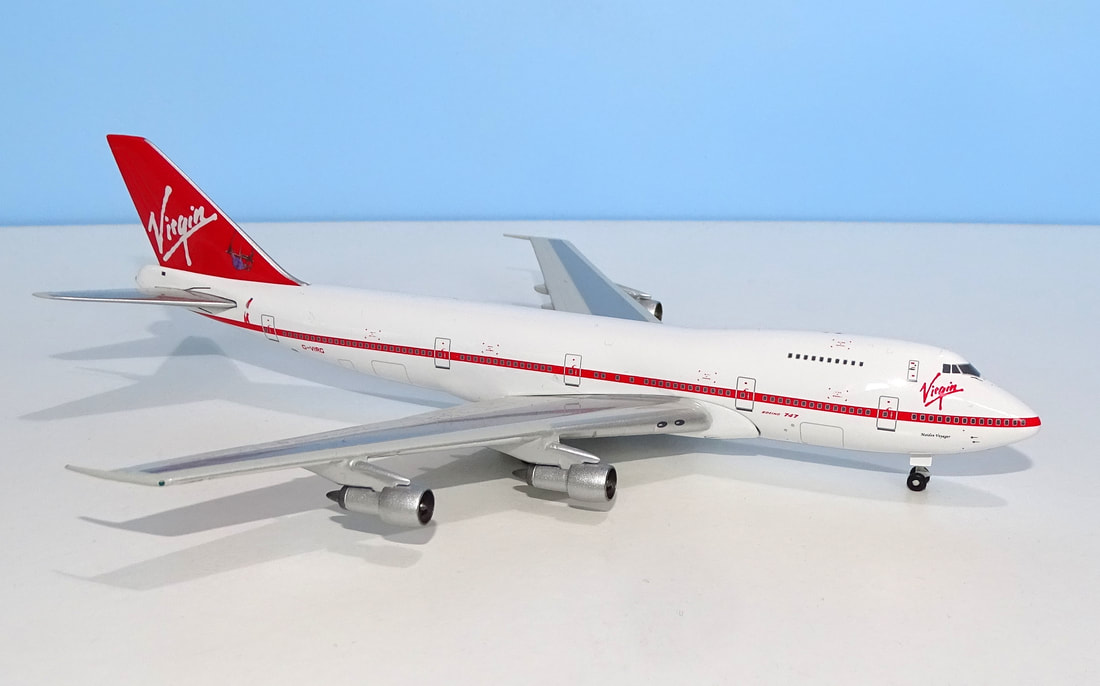
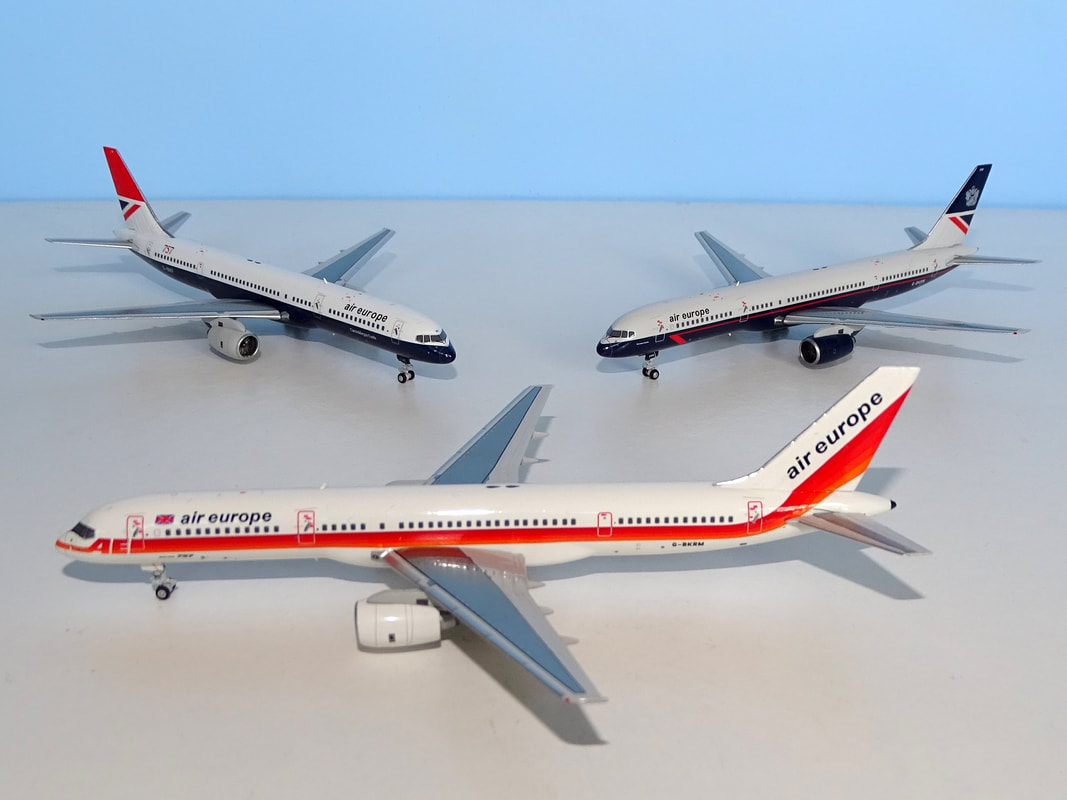
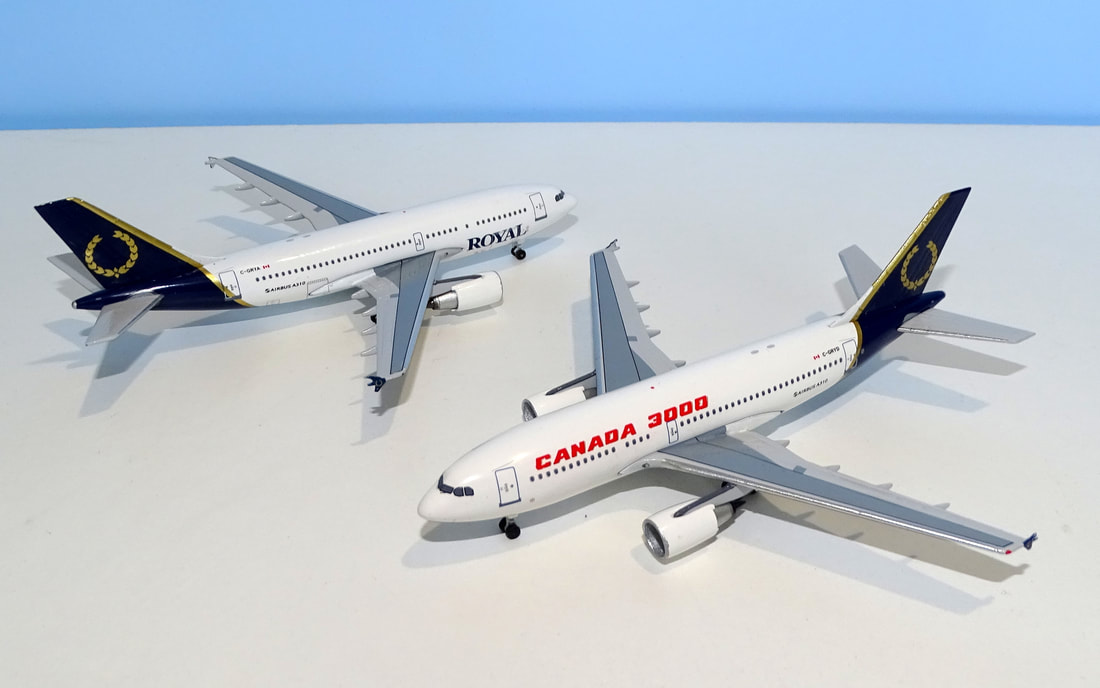
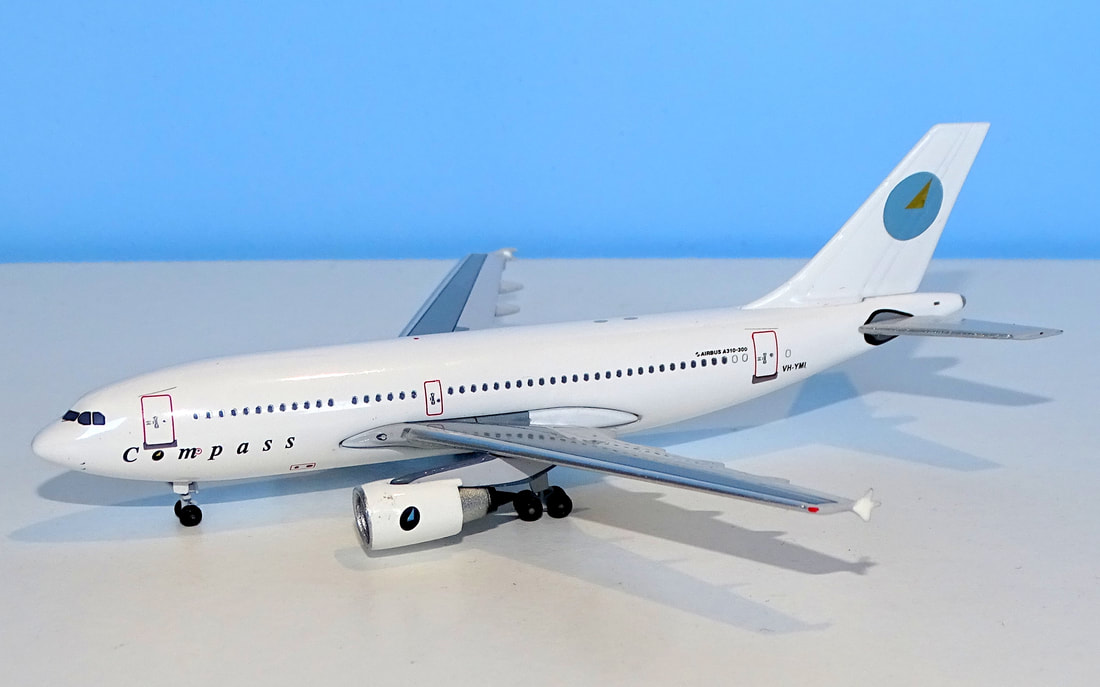
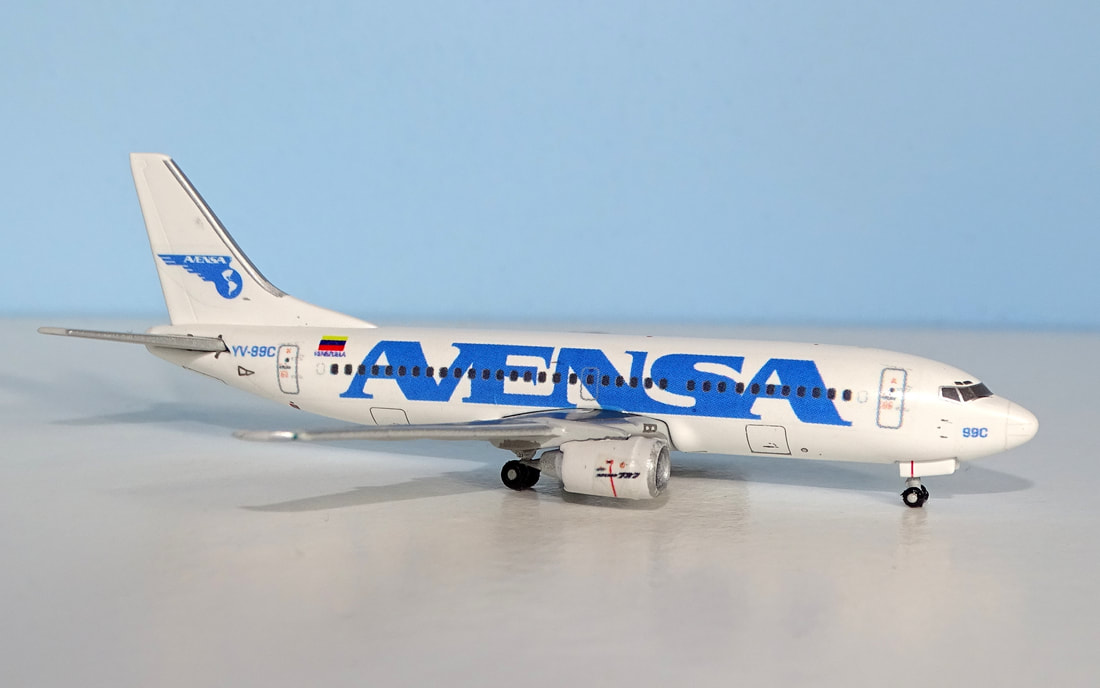
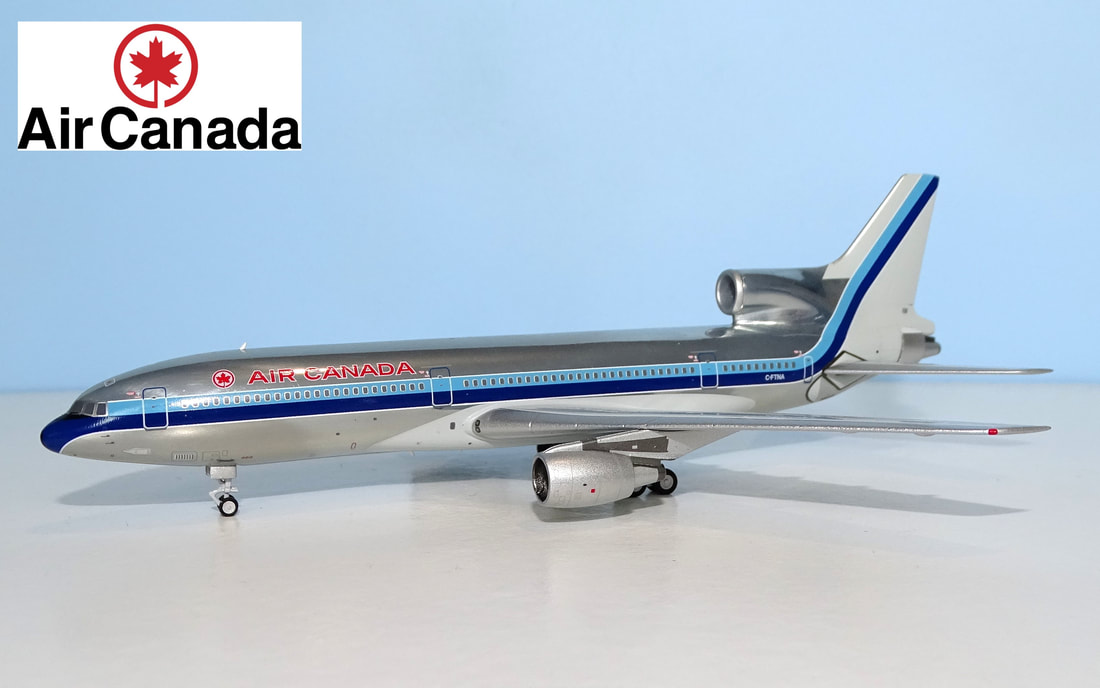
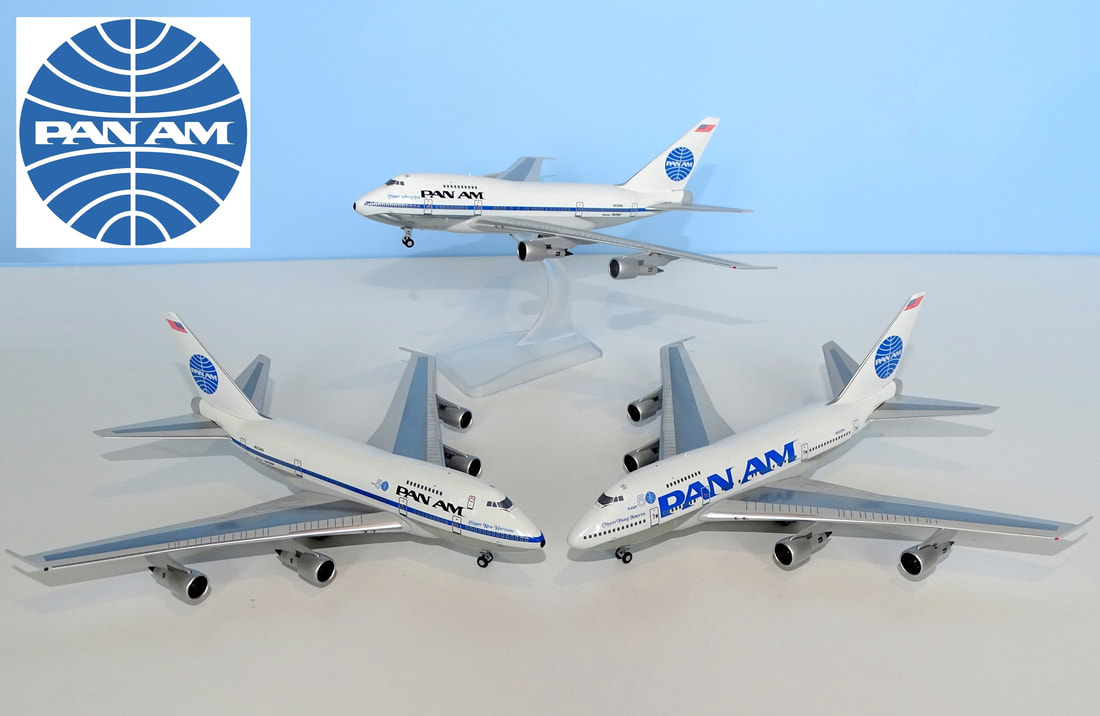
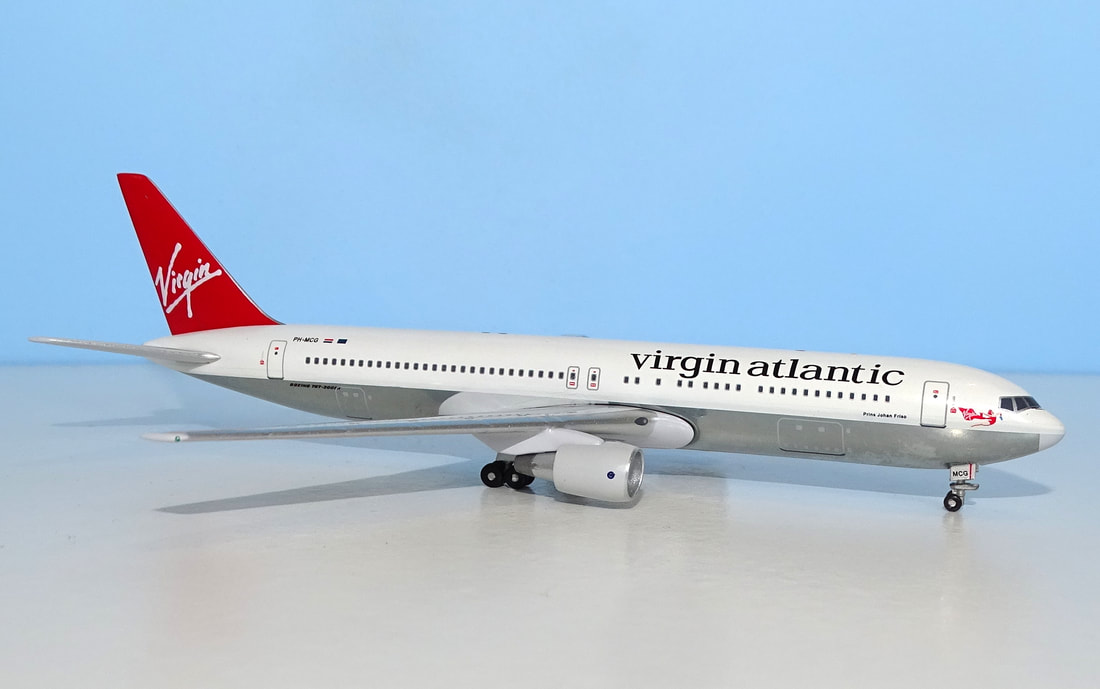
 RSS Feed
RSS Feed